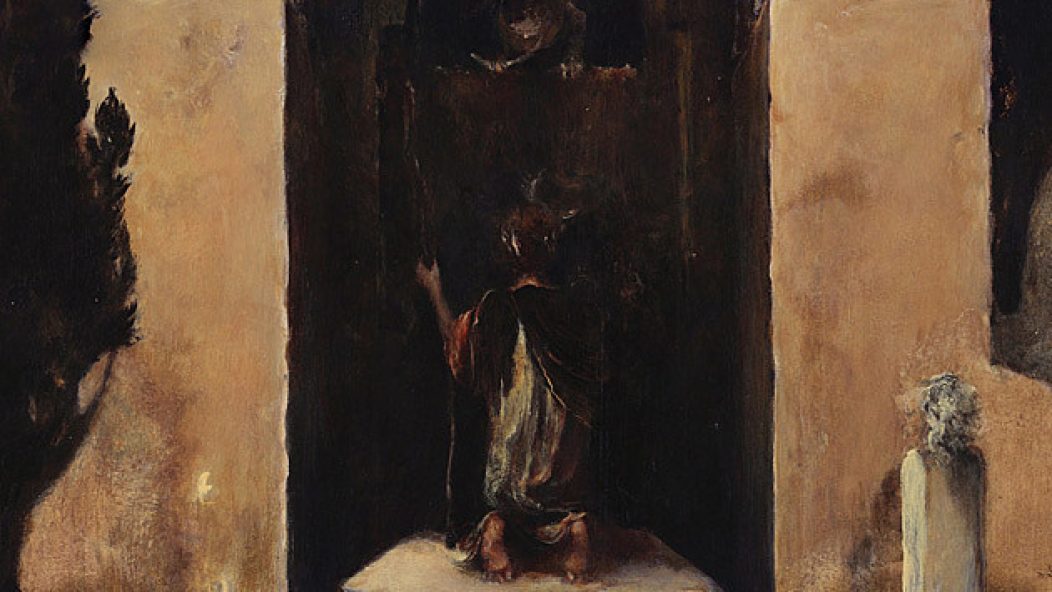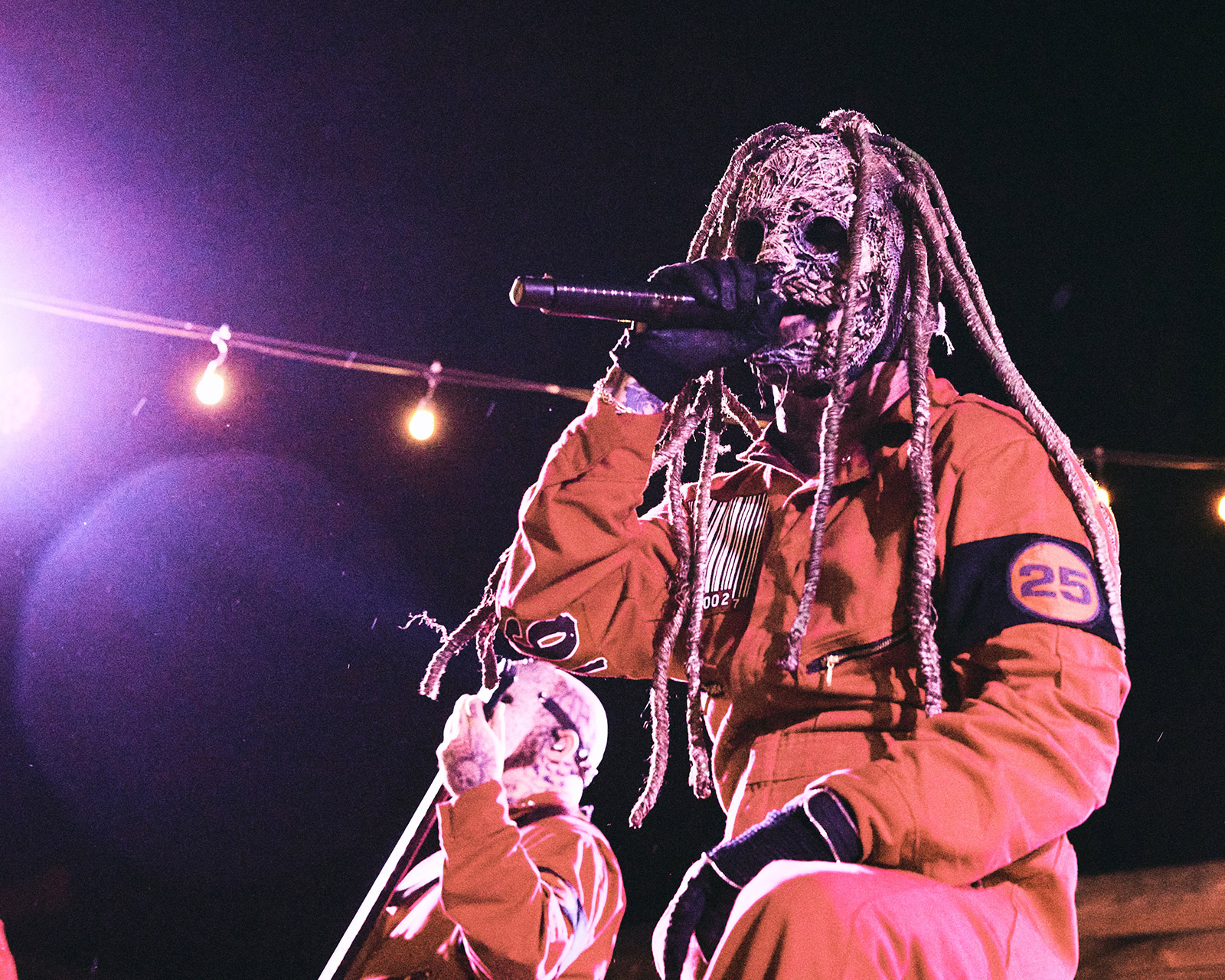
REVIEW: Grave Miasma's Odori Sepulcrorum

…
In a 2010 post about Grave Miasma‘s Exalted Emanation EP, Invisible Oranges founder Cosmo Lee called their brand of Incantation-informed death metal “trend-proof.” Just three years later, with the release of the UK miscreants’ debut LP Odori Sepulcrorum imminent, that same cryptic darkness is somehow – at least relatively – en vogue.
Perhaps it isn’t all that surprising that so many young death metal acts have gravitated toward the darkest band of death metal’s finest decade. In a world where fuchsia-allover-print tech-death and bottom-heavy, gurgling deathcore reach massive audiences, citing Incantation as a primary influence is an easy way to set your band apart from the mainstream. Even less surprising is the fact that very few bands have been able to turn the basic blueprint laid down on Onward to Golgotha, Mortal Throne of Nazarene, and Diabolical Conquest into something entirely their own.
Grave Miasma is one of those few bands. The success of Odori Sepulcrorum is probably partly due to the record’s long gestation period — the band began as Goat Molestor in 2002, put out Exalted Emanation as Grave Miasma in 2009, and has been promising this LP basically ever since. But Odori Sepulcrorum works on a level that most of this wave of ultra-evil, old-school death metal hasn’t been able to manage, and that has a lot to do with their respect for the genre’s history and their unwillingness to simply repeat it. Incantation is a key point of reference for the record, sure, but so is Morbid Angel in its snaking, Trey Azagthoth-like leads, early Autopsy in its atonal guitar freakouts, and Mortuary Drape in its unrepentant theatricality. But Odori gracefully rises above the sum of its influences and brings seven (eight counting “Interlude”) great new death metal songs into the world.
…
…
It’s critical that any band making old school death metal in 2013 sounds convincingly old school, and vintage gear is as much the hero of Odori Sepulcrorum as the band’s songwriting. Recording on analog equipment at London’s Orgone Studios, Grave Miasma were able to conjure up a gorgeous piece of audio production, refreshingly devoid of both the surgical precision of modern click-tracked death metal as well as the no-fi creaking that’s had its novelty destroyed by one too many basement black metal projects. What remains is a full, dense sound that allows the listener to pick out what’s important to the track – an unusually pronounced bass line here, an isolated vocal there – while rewarding repeat listens with surprising new wrinkles. It’s one of the best production jobs of the year, and Orgone’s Jaime Gomez Arellano, who’s credited with producing, engineering, recording, and mixing, shouldn’t be surprised to find his phone line tied up with death metal bands looking for the Odori treatment.
Lest anyone suggest that Grave Miasma’s charm is in texture alone – a chief sin among many of their OSDM contemporaries – the ear for composition shown here is excellent. It’s probably a bridge too far to say the songs have hooks (“Play the one where he moans unintelligibly again!”), but they are all consciously and cleverly arranged. “Ovation to a Thousand Lost Reveries” builds to a shredding climax before slowing things down for a menacing coda that recalls its intro. “Εέσχατος” (Greek for “last”) starts at a funeral doom crawl and eventually makes its way to a breakneck guitar spazz-out, all tied together by the thump of Daniel Ben-Haim’s insistent drums. The nine-minute epic “Seven Coils” opens with just acoustic guitar and drums and eventually goes through numerous movements, not unlike a death metal “Satan’s Fall.”
…
…
Time will tell whether Odori Sepulcrorum will be recognized as a turning point for this New Wave of OSDM, but for now, it’s obvious that Grave Miasma have crafted a superb slab of darkness. At worst, the record stands a reminder that in this suddenly supersaturated micro-trend, the noise is worth sitting through for the brilliant moments of signal.
Odori Sepulcrorum is out September 17th on Profound Lore Records. You can stream the whole thing over at Pitchfork.
…










